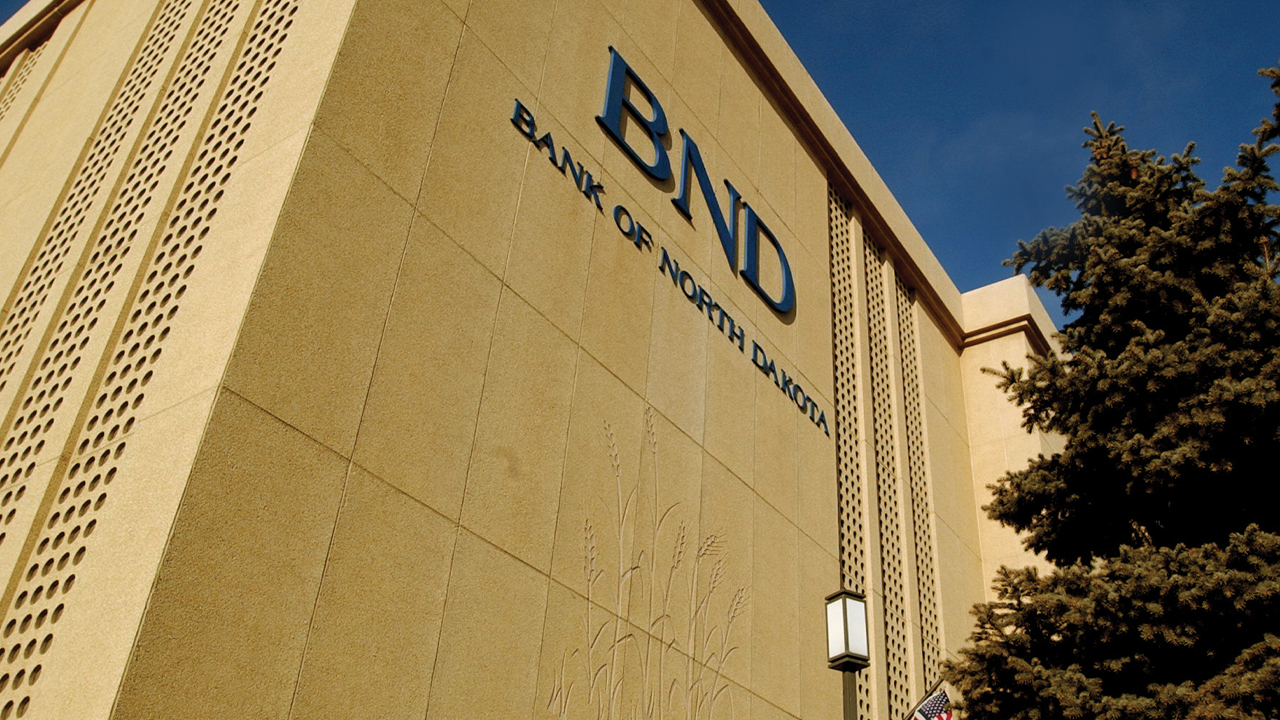
An Economic Development Bank
The vision for Bank of North Dakota to be actively involved in economic development started gaining traction with the Partnerships in Assisting Community Expansion (PACE) program implementation in 1990.
Returns to the General Fund
The Legislature appropriates the transfer of capital to the state’s general fund. Every legislative session, the state’s budget needs are reviewed, and the amounts designated from BND’s capital will vary based upon the needs of the state and BND’s desire to maintain liquidity and capital.
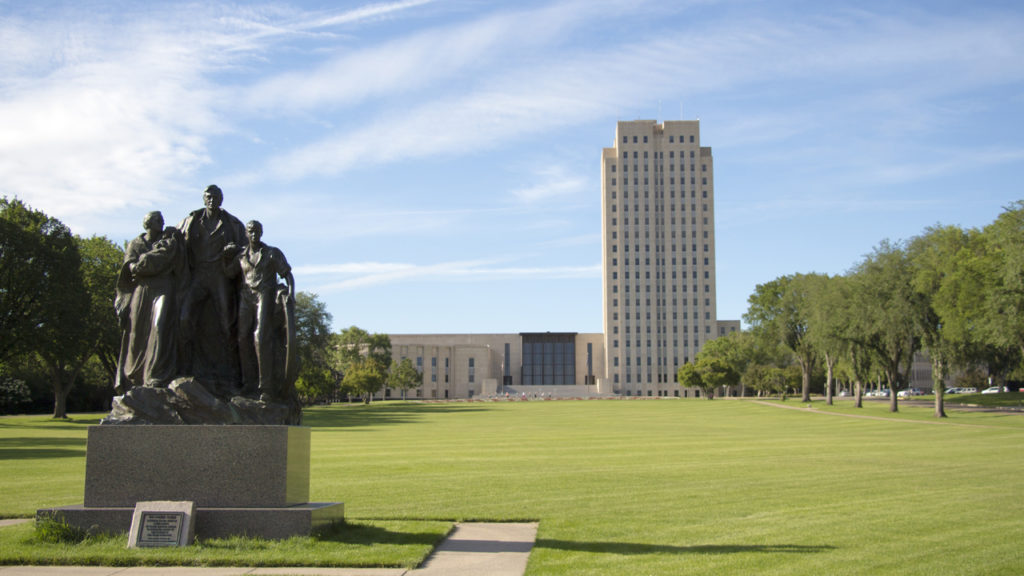
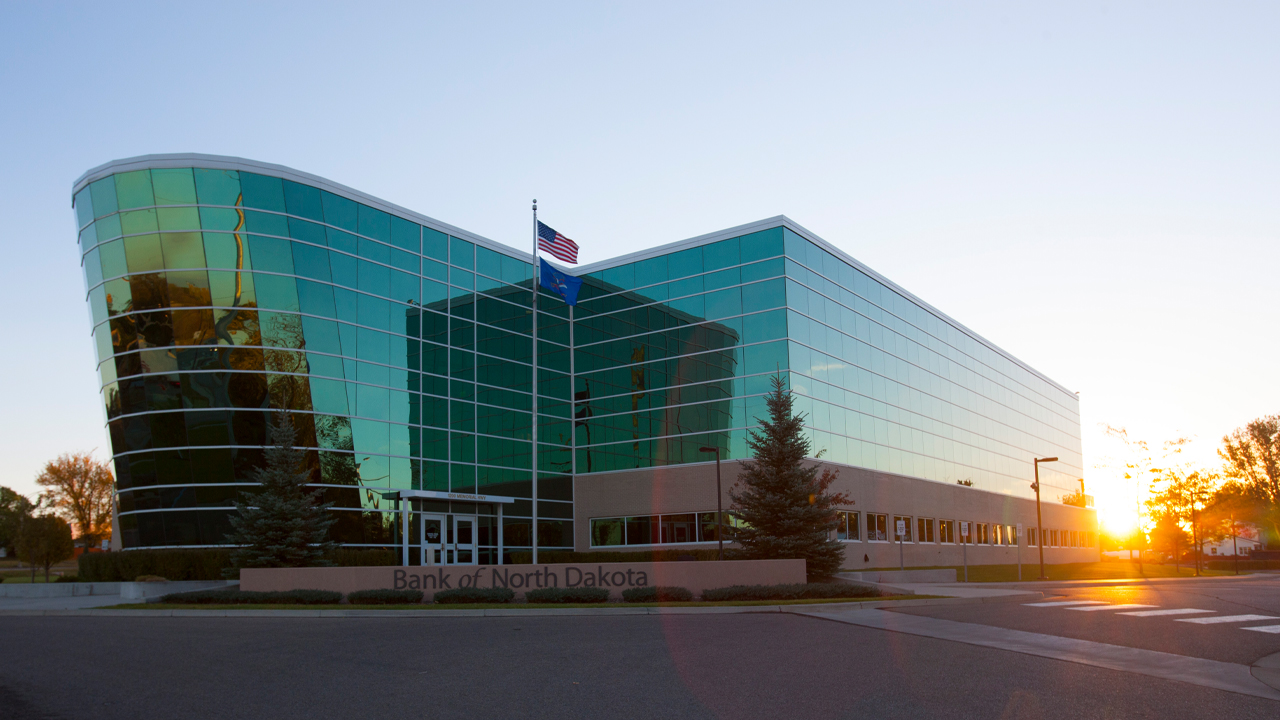
Partnering with Local Financial Institutions
Although there was definite concern from banks across the state when Bank of North Dakota first opened its doors, those relationships have strengthened over the years. As BND celebrates its 100th anniversary, it has become an integral part of the state’s financial institution network, relied upon and utilized as a resource by local financial institutions.
Role in Disaster Relief
BND plays an important role in helping North Dakota residents get back on their feet after weather-related disasters impact their livelihood. More than $200 million has assisted residents since 1997.
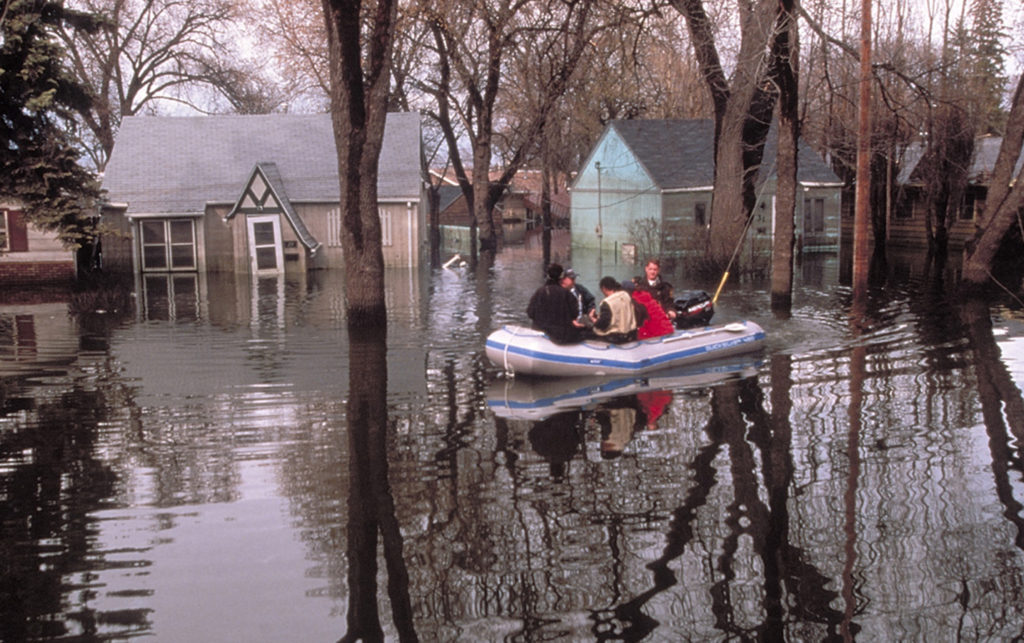
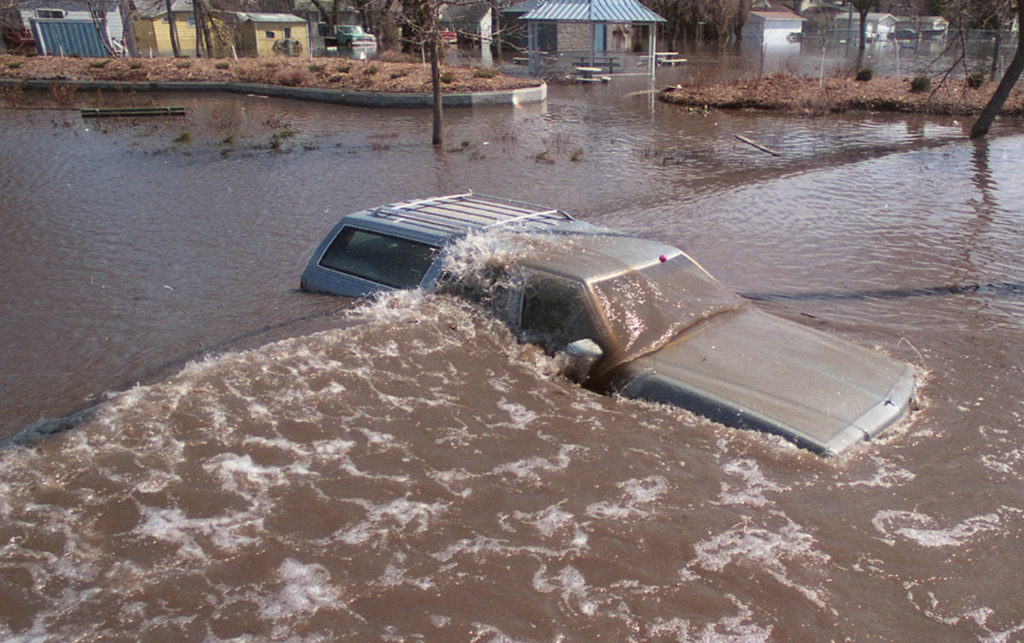
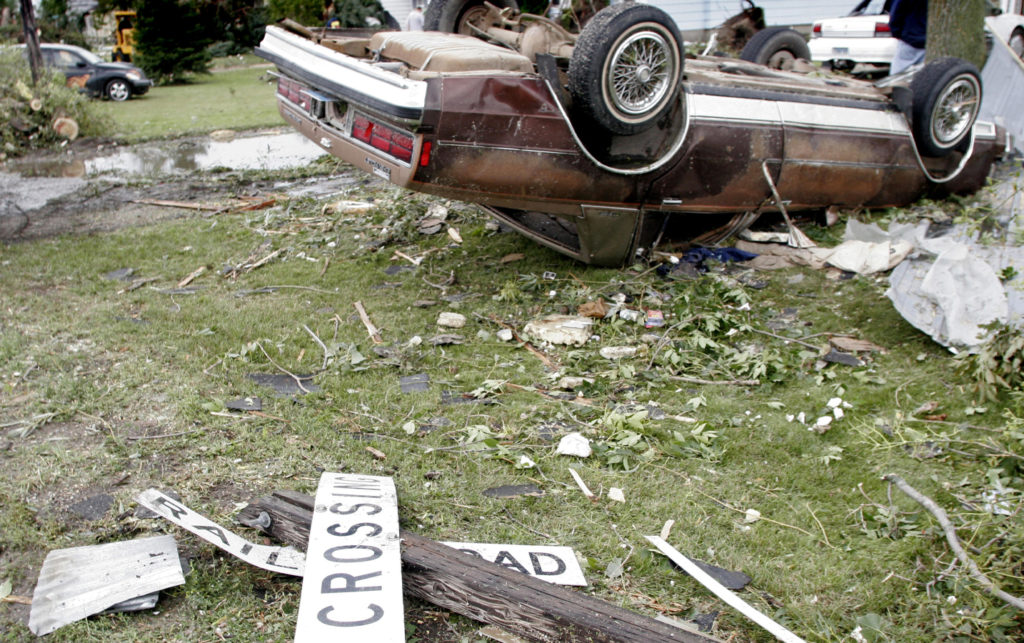
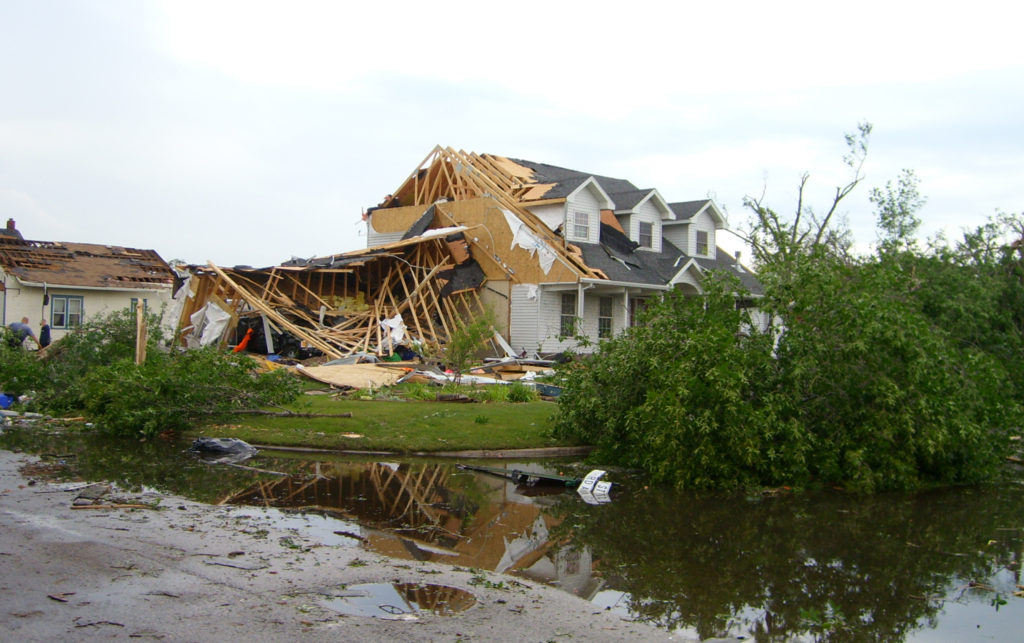
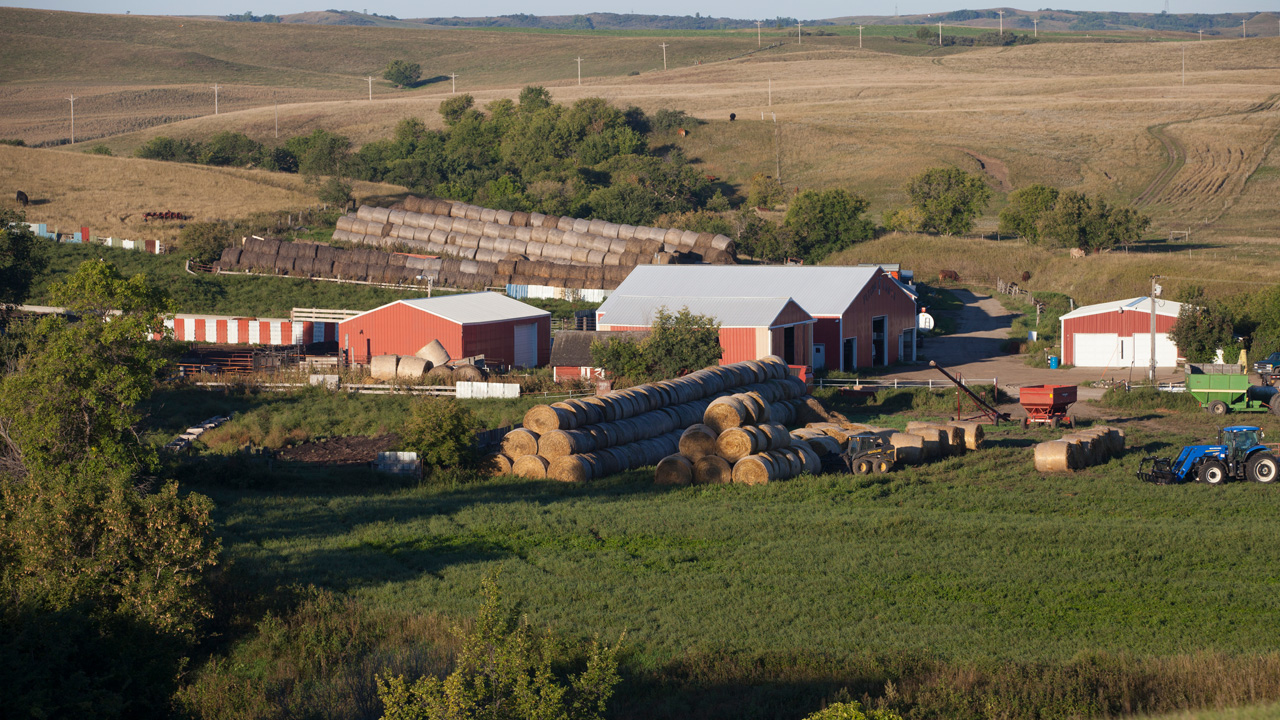
Home Ownership
Since the day Bank of North Dakota opened its doors, home ownership has been recognized as a critical component of a healthy economy. When approving farm loans in its early days, the Bank was more likely to approve a loan if the land had a home for the family, a barn and a pasture to graze at least enough dairy and beef cattle to support the family’s needs and pay the mortgage.
Postsecondary Education Funding
A well-educated workforce is an essential component of a vibrant economy. Bank of North Dakota provides opportunities that help North Dakotans fund and make good decisions about postsecondary education from cradle to career.
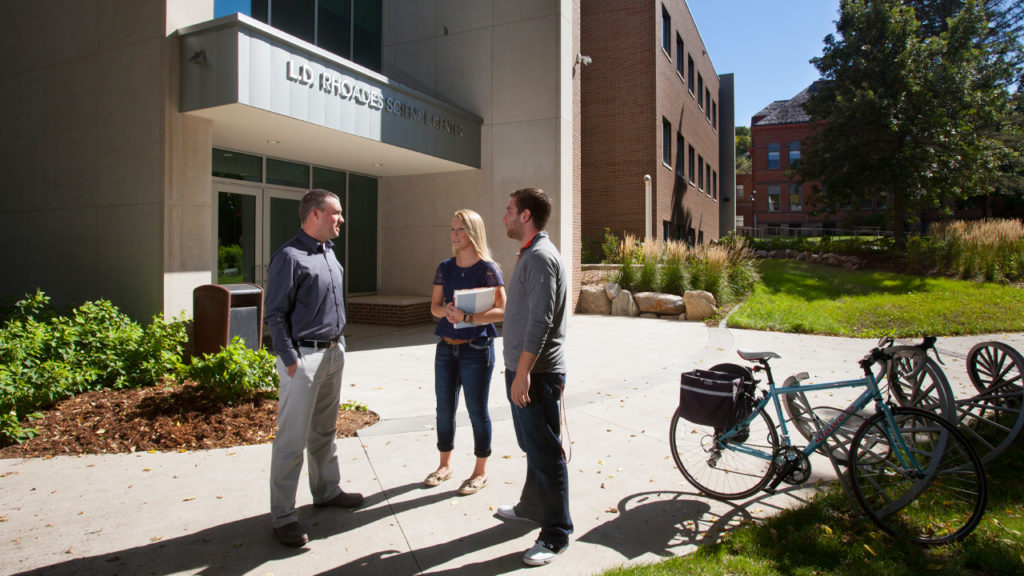
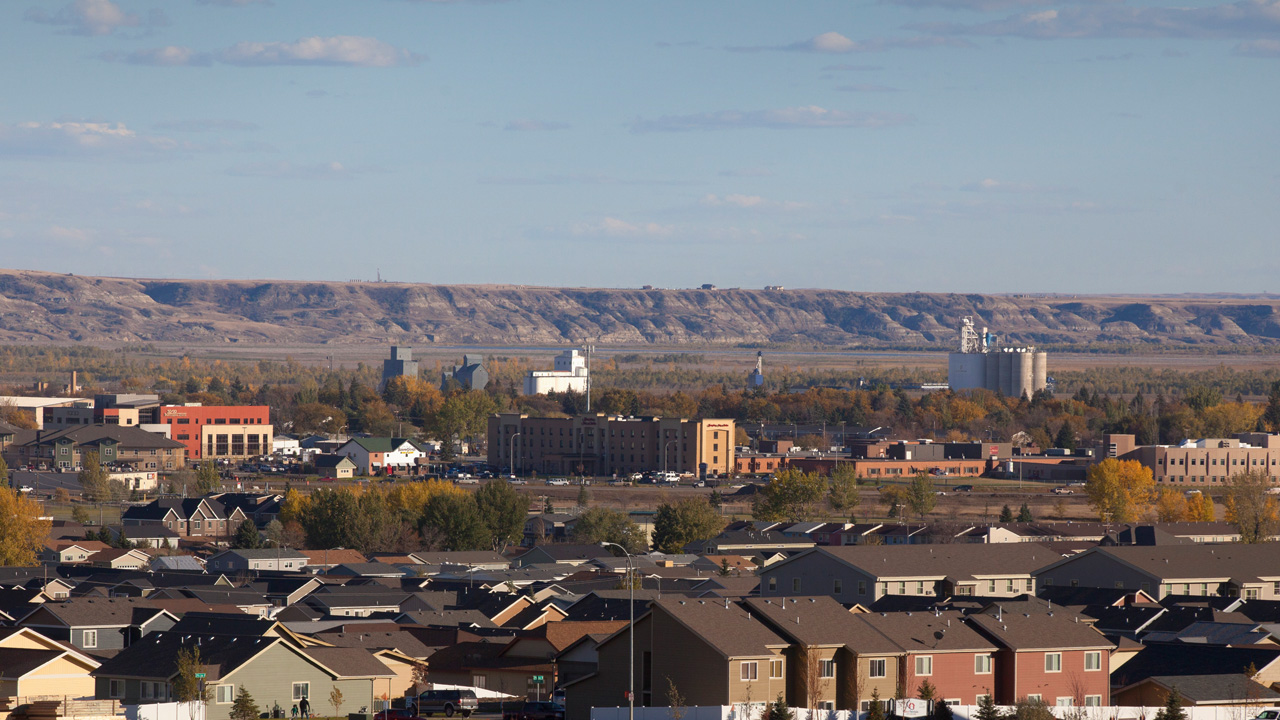
Infrastructure Funding
An emerging need for the state in the 21st century has been the development of infrastructure. The rapid rise of the Bakken oil play, an increasing population in the state and a decrease in federal funding has provided the impetus for BND and the state to become more resourceful in funding road, water, school and housing projects.
Bank Presidents
The governing structure of the Bank of North Dakota has been remarkably stable. After initial controversy, oversight of the Bank was lodged in an elected board, consisting of the governor, attorney general and commissioner of agriculture and labor (agriculture commissioner after 1997). This Industrial Commission, as it was titled, would hire management for the Bank. The manager had various titles until 1969, when the title president was first used. After some controversy, an advisory board was established that same year, and the board’s involvement and importance has increased, though decision-making remains with the president and the Industrial Commission.
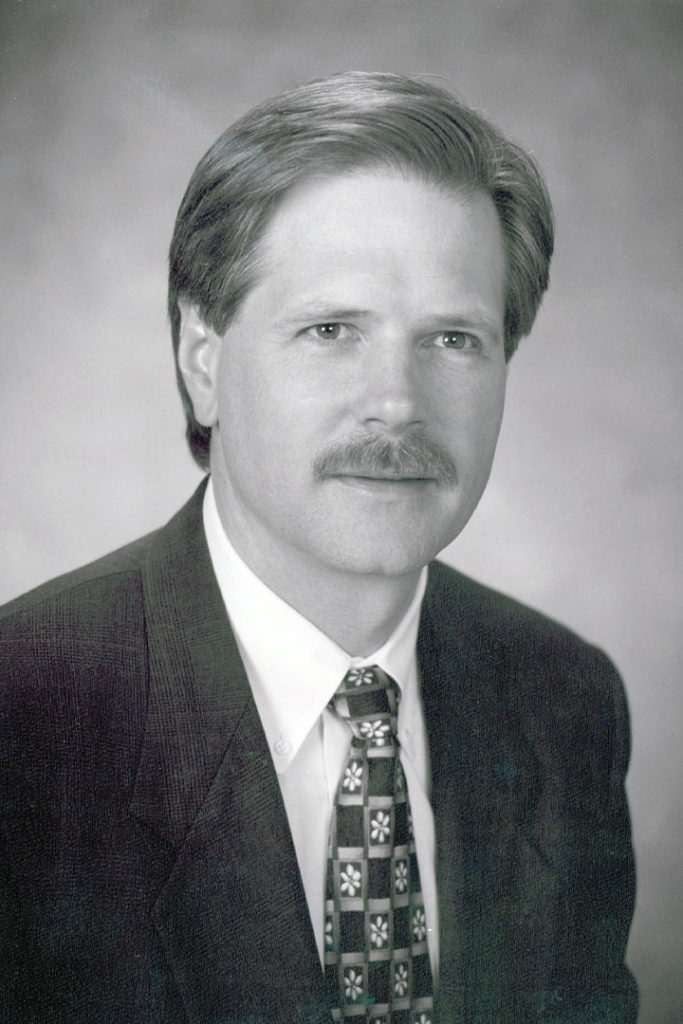
John H. Hoeven
1993-2000
John Hoeven was the first Bank president to move on to higher political office. He served as governor and successfully ran for Senator in 2010. Born in Bismarck, North Dakota, he received a bachelor’s degree from Dartmouth College in 1979 followed by a master’s degree in business administration from Northwestern University in 1981.
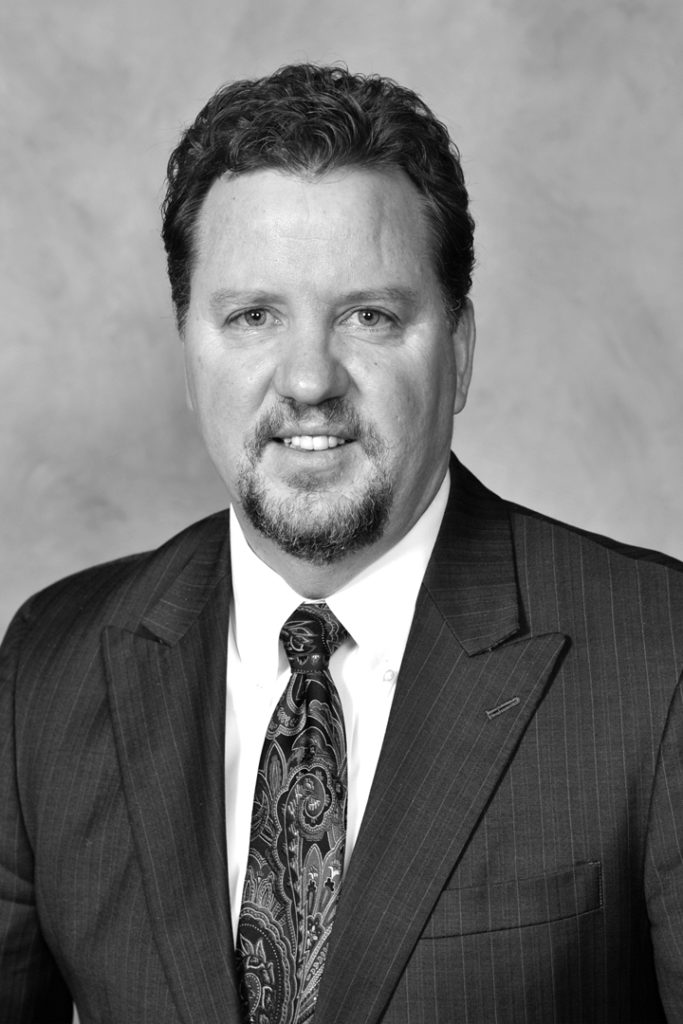
Eric A. Hardmeyer
2000-2021
As the tenth of twelve children born to Ted and Lorraine, Eric Hardmeyer learned the value of service early. His father, Ted, was a Marquette graduate who served on every committee possible in Mott, North Dakota, in addition to being a business owner, entrepreneur, mayor and state legislator. Hardmeyer graduated from the University of North Dakota in 1985 with degrees in economics and political science.

